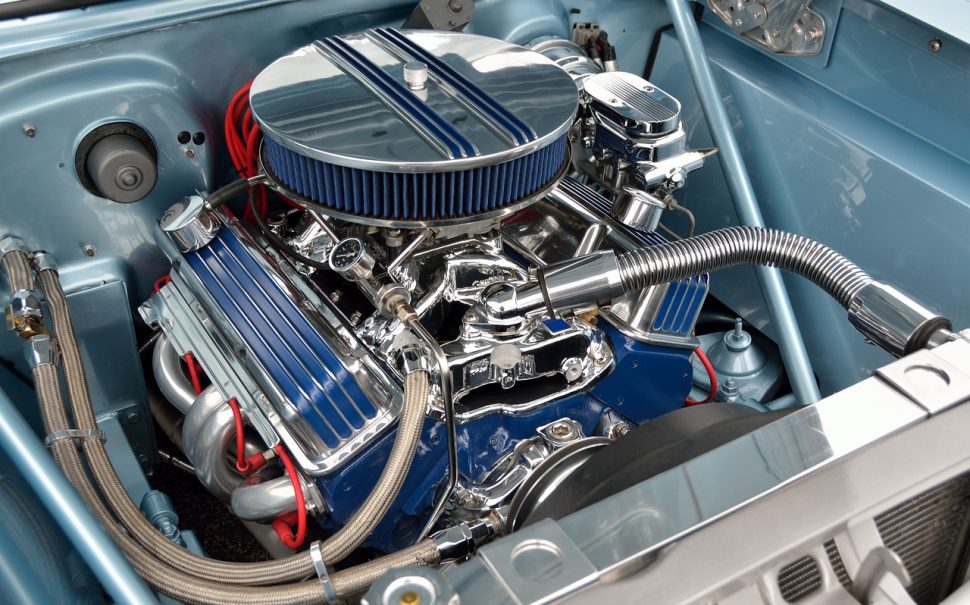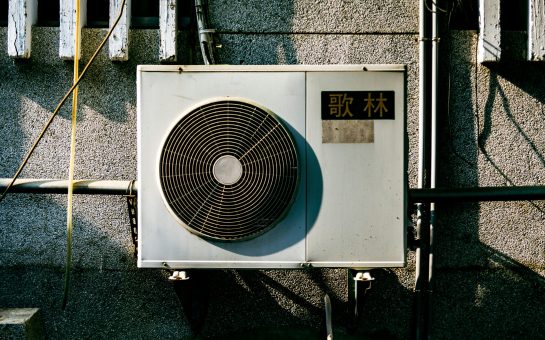As we embark on a journey through the inner workings of automobiles, there is one unsung hero that keeps our engines cool and running smoothly—the car radiator.
While often overlooked, this unassuming component plays a crucial role in maintaining the health and performance of our vehicles.
In this article, we will delve into the depths of the car radiator, exploring its functions, mechanism of operation, common malfunctions, and the ways to fix them. Join us as we unlock the mysteries behind this vital automotive system.
Definition and Functions of a Car Radiator
A car radiator is a key component of a vehicle’s cooling system, designed to dissipate excess heat generated by the engine during its operation.
It acts as a heat exchanger, transferring the excessive thermal energy away from the engine and releasing it into the surrounding air.
By doing so, the radiator ensures that the engine operates within the optimal temperature range, preventing overheating and potential damage.
Mechanism of Operation
The car radiator operates on a simple yet effective principle: utilizing a combination of coolant, metal fins, and airflow.
The engine coolant, a mixture of water and antifreeze, flows through a network of narrow tubes within the radiator.
As the hot coolant enters the radiator, it is dispersed into a series of thin metal fins that increase the surface area available for heat exchange.
Simultaneously, the radiator fan or the forward motion of the vehicle generates airflow over the fins.
This airflow facilitates the transfer of heat from the coolant to the surrounding air, effectively cooling down the engine coolant.
The cooled coolant then cycles back into the engine, completing the circulation and maintaining the optimal engine temperature.
Common Malfunctions and Fixes
We will start from underlying some common causes of car radiator malfunctions:
- Corrosion: Over time, the radiator can develop corrosion due to a combination of factors such as the presence of oxygen, contaminants in the coolant, and electrolysis. Corrosion weakens the radiator’s structural integrity, leading to leaks and reduced cooling efficiency.
- Physical Damage: External impacts, road debris, and accidents can cause physical damage to the radiator, resulting in cracks or punctures. Such damage impairs the radiator’s ability to hold coolant and compromises its cooling effectiveness.
- Clogged Coolant Passages: The accumulation of sediment, scale, or rust particles in the coolant over time can lead to clogged coolant passages within the radiator. This restricts the flow of coolant, hindering proper heat transfer and resulting in overheating.
- Malfunctioning Thermostat: The thermostat regulates the flow of coolant between the engine and the radiator. A faulty thermostat can get stuck in the closed position, preventing the flow of coolant to the radiator, or it may get stuck in the open position, causing the engine to run colder than optimal.
- Worn-out Radiator Hoses: The hoses that connect the radiator to the engine and the coolant reservoir can deteriorate and develop cracks or leaks over time. Damaged hoses can lead to coolant leaks, resulting in reduced cooling efficiency and potential engine overheating.
- Electrical Issues: Radiator fans that fail to turn on due to electrical problems, such as faulty relays, blown fuses, or damaged wiring, can disrupt the airflow over the radiator. Insufficient airflow reduces cooling efficiency and can lead to engine overheating.
By understanding these underlying causes, car owners can take proactive measures to prevent radiator malfunctions and address issues promptly.
Regular maintenance, including coolant flushes, inspection of hoses and connections, and proper care of the cooling system, can significantly reduce the risk of radiator problems and ensure optimal engine performance.
Like any automotive component, car radiators can experience issues over time. Here are some common malfunctions and their potential solutions:
- Leaks: Coolant leaks can occur due to corrosion, aging hoses, or damaged gaskets. Regular inspection and maintenance can help identify and fix minor leaks, while larger leaks may require professional assistance.
- Clogging: Accumulation of debris, rust, or mineral deposits in the radiator can hinder proper coolant flow and heat exchange. Flushing the radiator and using specialized cleaning solutions can help resolve this issue.
- Fan Failure: A malfunctioning radiator fan can disrupt the airflow, leading to inadequate cooling. Replacing a faulty fan motor or repairing electrical connections can restore proper functionality.
Conclusion
The car radiator may not always be in the limelight, but its significance to the overall health and performance of our vehicles cannot be overstated.
By efficiently regulating engine temperature, the radiator helps prevent overheating and subsequent engine damage.
Understanding its functions, mechanism of operation, and common malfunctions equips us with the knowledge to maintain and troubleshoot this essential component.
So, let’s appreciate the unsung hero—the car radiator—and ensure that our engines continue to run smoothly for miles to come.
About the symptoms and causes of radiator failure – www.buycarparts.co.uk
What is a car radiator for – carwow.co.uk





